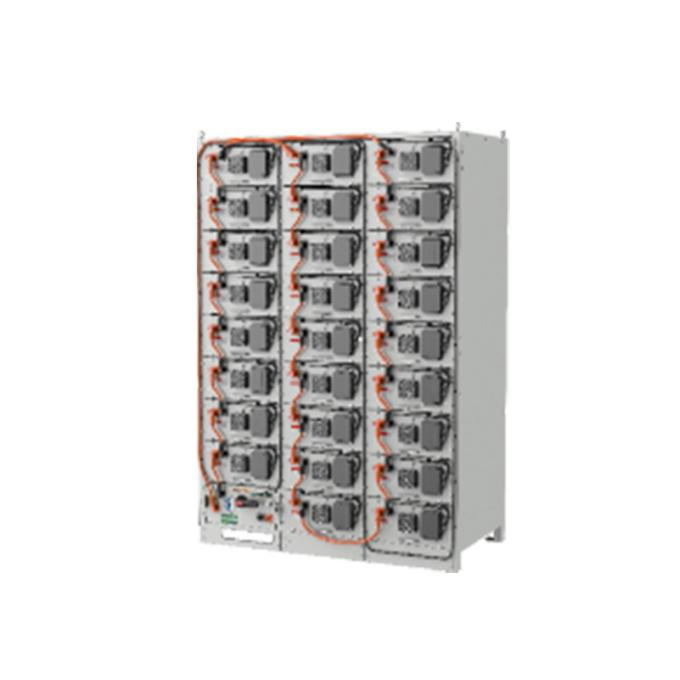1P416S 1331.2V 280Ah 372.7kWh Air-cooling ESS Container
1P416S 1331.2V 280Ah 372.7kWh Air-cooling ESS Container On Sale!
- Category: Energy storage system
- Tag:
Feature
1. High safety performance: the cell and system have passed a number of international authoritative reports and certifications such as IEC 62619, IEC 63056, IEC 62477, IEC 61000, IEC 60730, and other American standard authoritative certifications such as UL 1973 and UL 9540A, and the safety performance has reached international standards.
2. Long service life: the 280Ah battery cycle life is more than 10,000 times, which can ensure the long-term stable operation of the system and reduce the replacement cost.
3. High energy efficiency: The system voltage is 1331.2V, the capacity is 280Ah, and the energy is 372.7kWh, which can efficiently store and release electric energy to meet a variety of electricity needs.
4. Advantages of air-cooled heat dissipation: The air-cooled system has a mature scheme, simple structure, easy maintenance, and low cost. It is suitable for scenarios with charge and discharge ratios below 0.5P, which can effectively ensure that the battery runs at an appropriate temperature and prolong the battery life.
5. Standard modular design: The 1P416S design allows it to be flexibly configured, perfectly compatible with different platforms, easy to expand and combine, and can be adjusted according to actual needs of the system scale.
6. Intelligent monitoring and management: It can realize remote monitoring and management, which is convenient for operation and maintenance personnel to grasp the system running status in real time, discover and handle faults in time, and reduce operation and maintenance costs.
Specifications
Parameter | Specification |
Nominal voltage | 1331.2V |
Nominal capacity | 280Ah |
Nominal energy | 372.7kWh |
Voltage range | 1164.8~1497.6 |
Charge and discharge ratio | 0.5P |
Group mode | 1P416S |
Cooling system | Air-cooling |
Dimension | L1550*W831*H2256mm |
Application field | ESS |
Certifications
Applications
1. Industrial and commercial energy storage: It is used to cut peak and fill valleys, and reduce electricity costs by using the difference between peak and valley electricity prices; It can be used as an emergency power supply to ensure the operation of production equipment in the event of power failure. It can also participate in demand-side response to provide auxiliary services for the power grid to obtain benefits.
2. Power grid energy storage: realize the peak and frequency regulation of the power grid and balance the power grid load; Help renewable energy to connect to the grid, solve its intermittency and instability problems, and improve consumption efficiency.
3. Microgrid and virtual power plant: as a stable power supply in the microgrid, to ensure the stable operation of the microgrid; In the virtual power plant, it participates in power market trading and power grid operation scheduling to improve the flexibility and reliability of the power grid.

